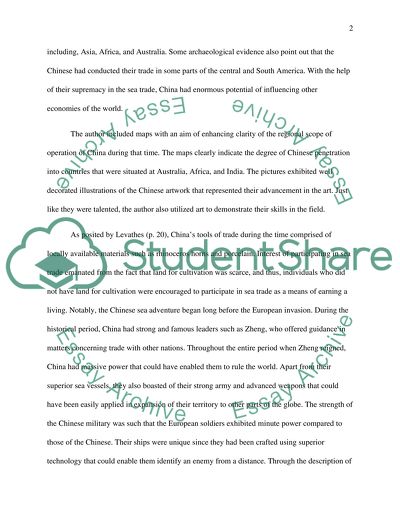Cite this document
(“Critical Book Review over When China Ruled the Seas: The Treasure Report/”, n.d.)
Critical Book Review over When China Ruled the Seas: The Treasure Report/. Retrieved from https://studentshare.org/history/1461371-critical-book-review-over-when-china-ruled-the
Critical Book Review over When China Ruled the Seas: The Treasure Report/. Retrieved from https://studentshare.org/history/1461371-critical-book-review-over-when-china-ruled-the
(Critical Book Review over When China Ruled the Seas: The Treasure Report/)
Critical Book Review over When China Ruled the Seas: The Treasure Report/. https://studentshare.org/history/1461371-critical-book-review-over-when-china-ruled-the.
Critical Book Review over When China Ruled the Seas: The Treasure Report/. https://studentshare.org/history/1461371-critical-book-review-over-when-china-ruled-the.
“Critical Book Review over When China Ruled the Seas: The Treasure Report/”, n.d. https://studentshare.org/history/1461371-critical-book-review-over-when-china-ruled-the.


